Data Science & Developer Roadmaps with Chat & Free Learning Resources
big-data-formats
Big data formats refer to the various ways in which large datasets are structured and stored for efficient processing and analysis. As traditional formats like CSV and JSON often fall short in terms of query speed and storage efficiency, newer formats such as Parquet and Avro have emerged to address these challenges. These formats not only optimize data storage but also enhance interoperability and support complex data structures. Understanding the strengths and weaknesses of different big data formats is crucial for data scientists and engineers, as it directly impacts the performance and scalability of big data projects.

Which Data Format to Use For Your Big Data Project?
Choosing the right data format is crucial in Data Science projects, impacting everything from data read/write speeds to memory consumption and interoperability. This article explores seven popular ser...
📚 Read more at Towards Data Science🔎 Find similar documents
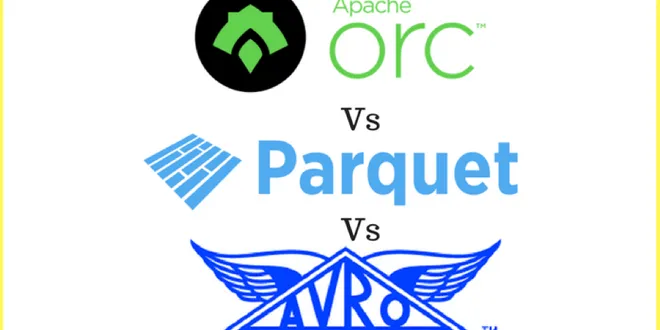
Big Data File Formats Explained Using Spark Part 1
When dealing with large datasets, using traditional CSV or JSON formats to store data is extremely ineffecient in terms of query speed and storage costs.
📚 Read more at Analytics Vidhya🔎 Find similar documents
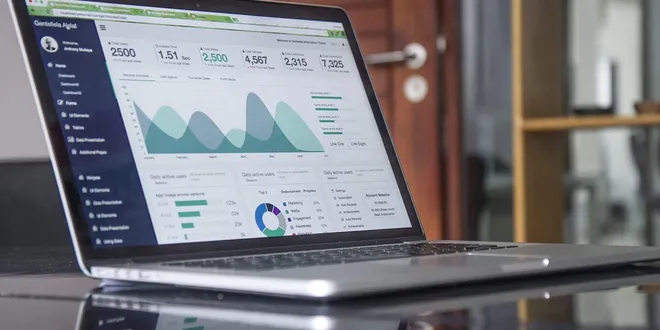
What is Big Data?
Big Data is the huge amount of data which includes various types of data captured, generated or shared through streams or any transmission way which is able to process in real time. The main keywords ...
📚 Read more at Analytics Vidhya🔎 Find similar documents

Big Data
Big data involves working with and developing insights from large datasets. The key distinctions between regular data and big data are volume, velocity, and variety. Generally, big data is more exten...
📚 Read more at Codecademy🔎 Find similar documents

Big Data File Formats Explained
For data lakes, in the Hadoop ecosystem, HDFS file system is used. However, most cloud providers have replaced it with their own deep storage system such as S3 or GCS. When using deep storage…
📚 Read more at Towards Data Science🔎 Find similar documents
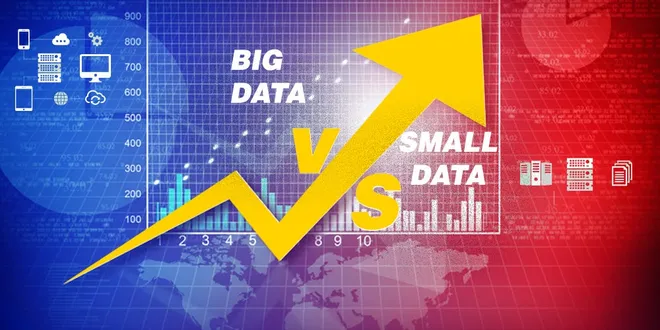
Small Data vs Big Data
Well, it is common and you all must be aware that Big Data is mainly defined by 3V’s i.e, variety, velocity, and volume. VOLUME: The amount of data is huge. VARIETY: Contains multiple forms of data…
📚 Read more at Analytics Vidhya🔎 Find similar documents
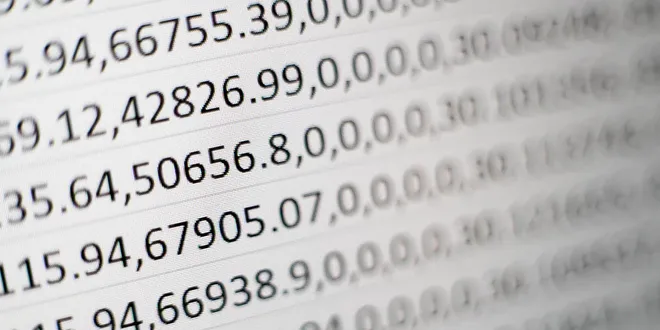
A Comprehensive Guide to File Formats in Data Engineering
Understanding the Pros and Cons of using CSV, JSON, Parquet, Avro, and ORC file format in Data Engineering. Photo by Mika Baumeister on Unsplash Introduction In big data and data engineering, choosing...
📚 Read more at Python in Plain English🔎 Find similar documents

When is Data considered Big Data?
Big Data refers to large amounts of data from areas such as the internet, mobile telephony, the financial industry, the energy sector, healthcare etc. and from sources such as intelligent agents…
📚 Read more at Towards Data Science🔎 Find similar documents
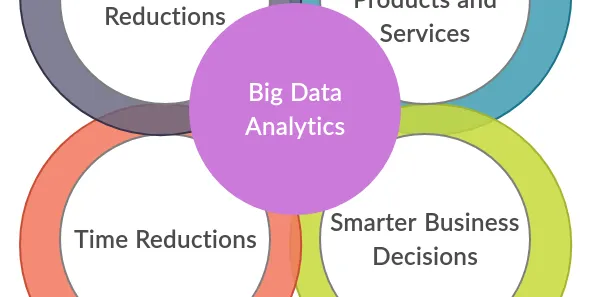
Why Big Data?
The term Big Data can be described as a large volume of data, both structured and unstructured. The term big data is quite new. even before it comes to a term, companies have been dealing with a…
📚 Read more at Towards Data Science🔎 Find similar documents

Top 5 Essential Big Data Frameworks for Modern Data Analytics
As there are no signs of slowing down data generation, the amount available today is immeasurable. Hence, traditional data processing software can't process such amounts of data and derive insights ti...
📚 Read more at Towards AI🔎 Find similar documents
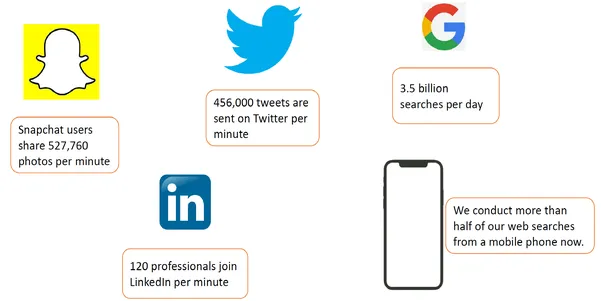
Big data and Hadoop
Big Data is generally considered to be very huge amount of data for storing and processing. Data in huge volume and different varieties can be considered as Big Data. Data is changing our world and…
📚 Read more at Analytics Vidhya🔎 Find similar documents

Advantages & Disadvantages of Big Data
Big data is a collection of both structured and unstructured data that is huge in volume and rapidly generated. The amount of big data produced grows exponentially with time, and that amount is…
📚 Read more at Towards AI🔎 Find similar documents

